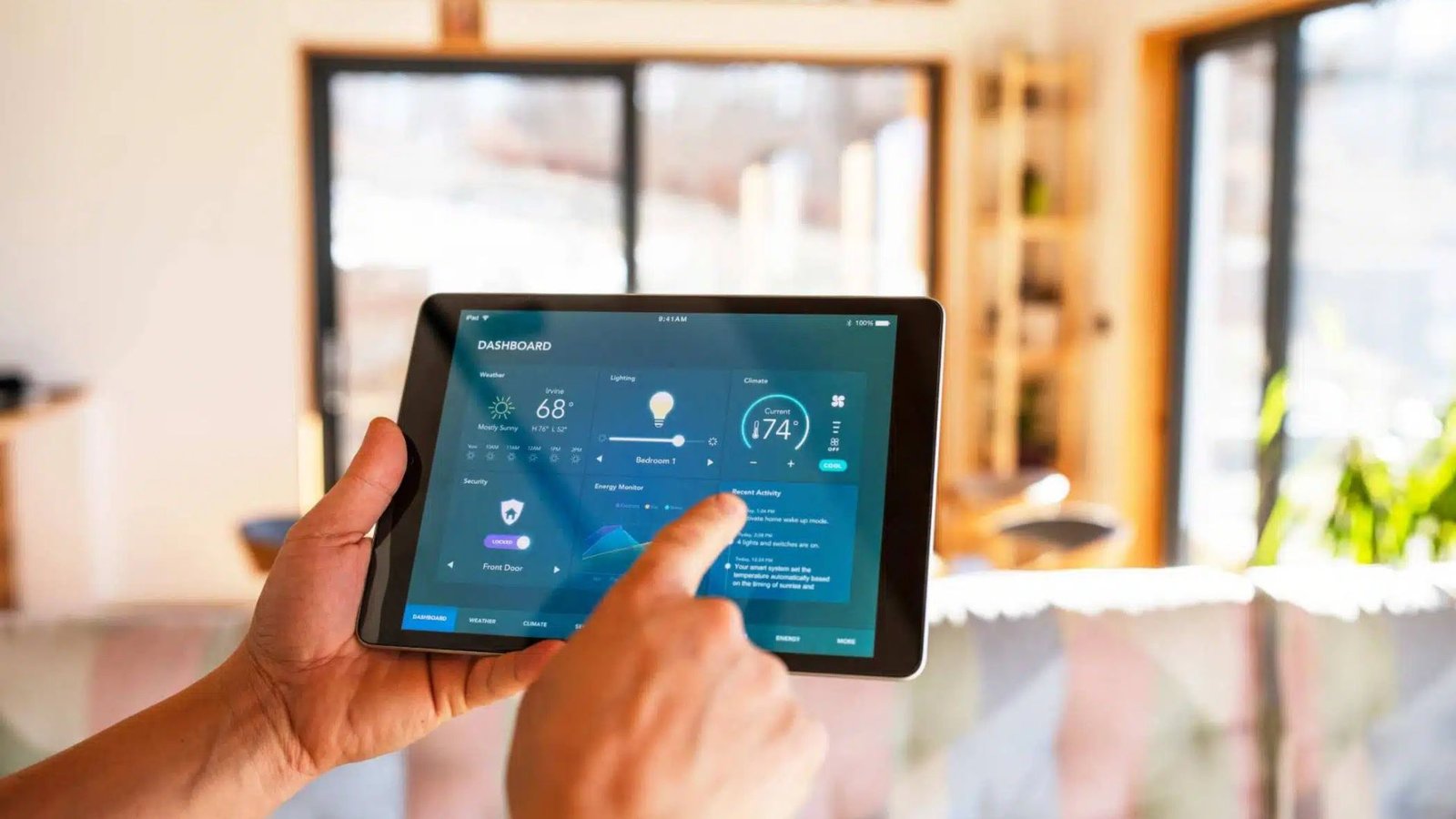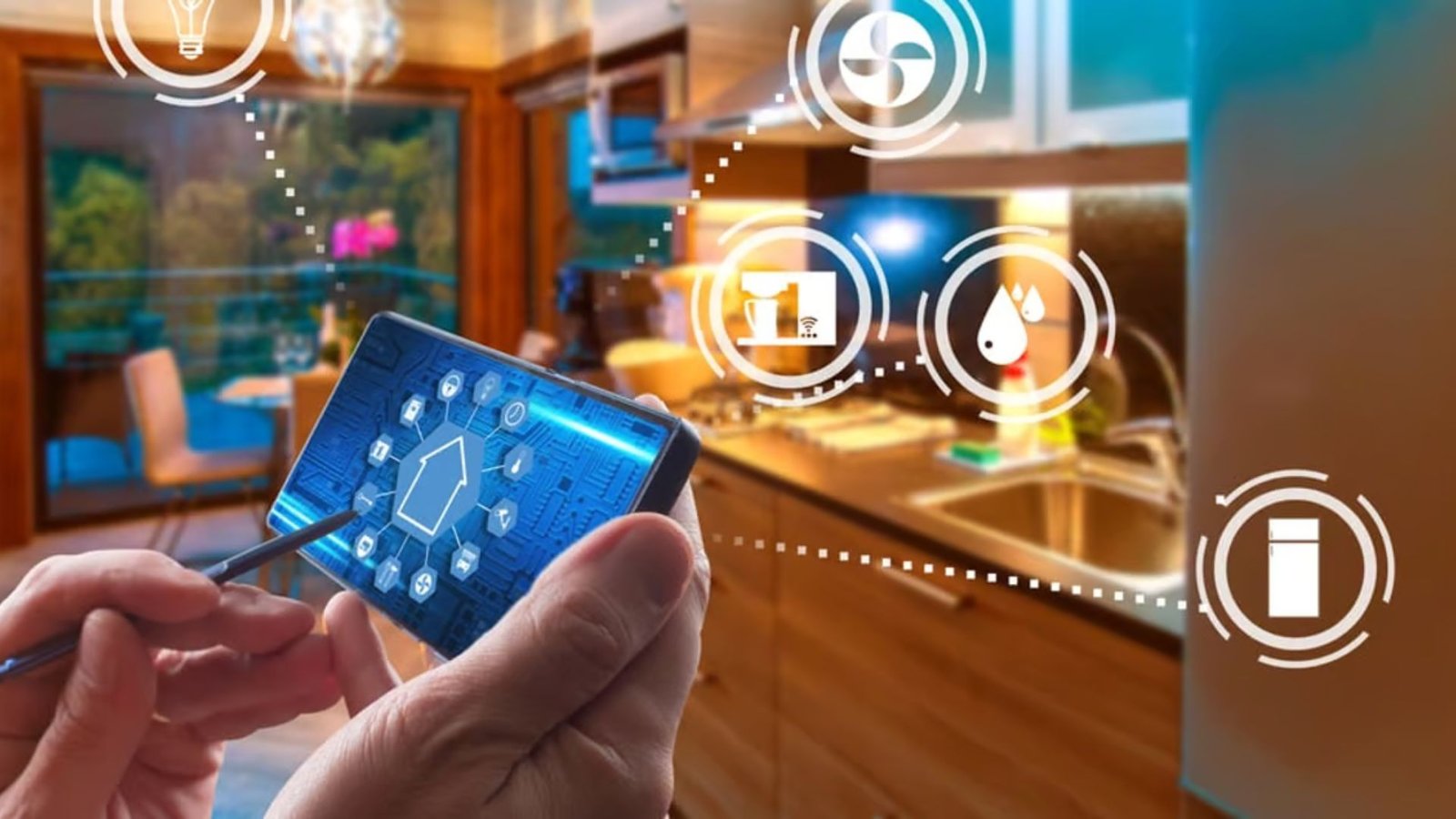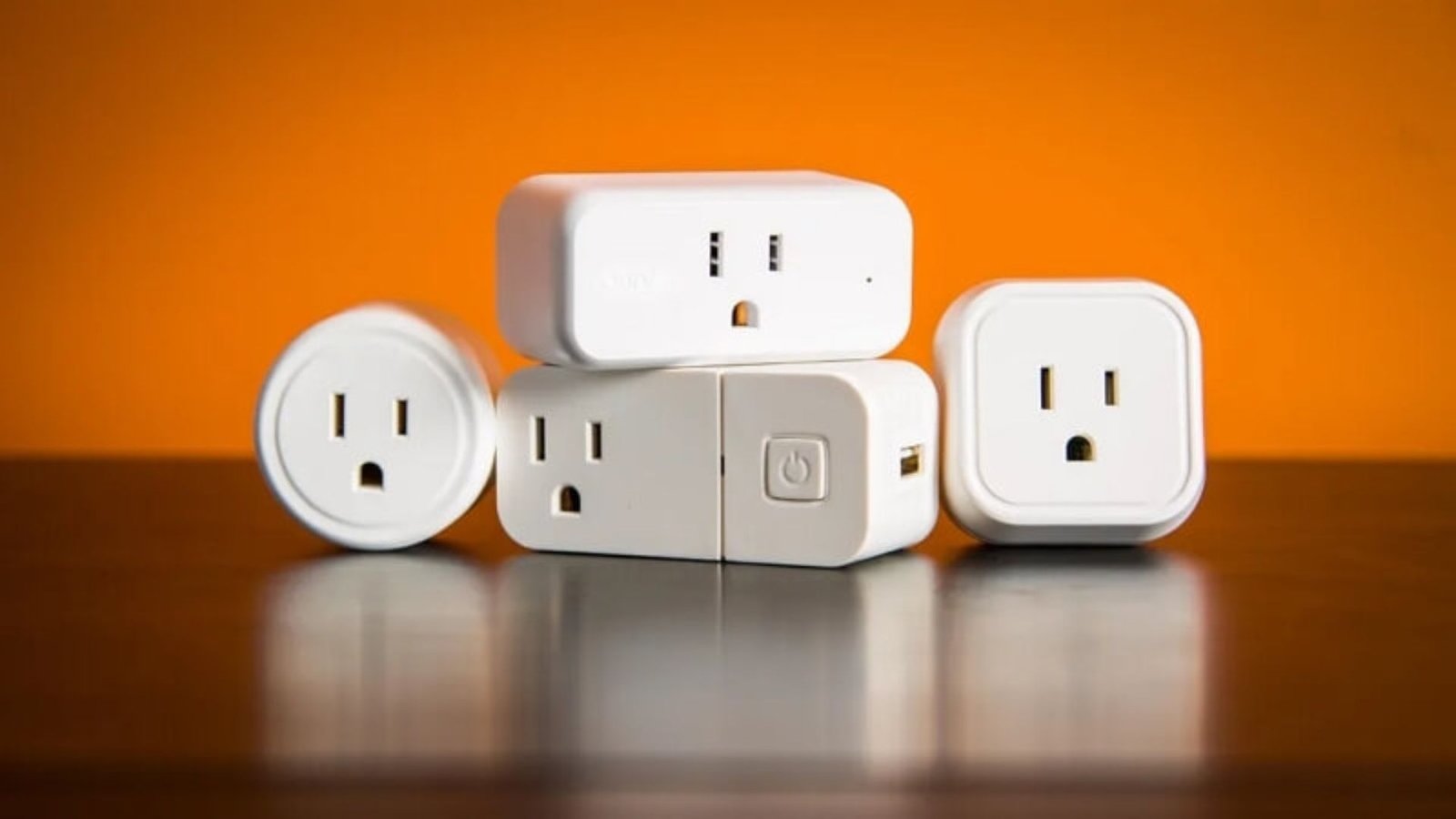
In recent years, smart homes have become more popular, thanks to the rise of electronics that make daily life easier, more comfortable, and more efficient. With the help of smart devices and appliances, homes can be controlled remotely, adjusted to fit personal preferences, and even save energy. Let’s explore the role of electronics in smart homes and how they improve our lives.
1. Smart Lighting Systems
One of the most common uses of electronics in smart homes is smart lighting. These systems allow you to control the lights in your home using a smartphone, voice assistant, or automated schedule.
- Why it’s important: Smart lighting can improve convenience, save energy, and create the perfect ambiance. You can adjust the brightness, set timers, and even change the color of your lights to match your mood or activity.
- Key features: These systems often integrate with voice assistants like Alexa or Google Assistant, giving you full control just by using voice commands.
2. Smart Thermostats for Energy Efficiency
Smart thermostats are electronic devices that allow homeowners to control their home’s temperature remotely. These systems learn your preferences and automatically adjust the temperature for comfort and efficiency.
- Why it’s important: Smart thermostats help save energy by adjusting heating and cooling based on your habits. For example, they can lower the temperature when you’re not at home, reducing energy bills.
- Key features: These devices can be controlled through mobile apps or voice commands and can even track your energy usage, giving you insights on how to save more.
3. Home Security Systems
Electronics play a crucial role in home security with smart cameras, doorbell cameras, and security alarms. These devices help monitor the home, ensuring safety for everyone inside.
- Why it’s important: Smart security systems provide real-time alerts and remote monitoring, giving homeowners peace of mind. In the case of suspicious activity, these devices send notifications to your smartphone, and you can view live footage from anywhere.
- Key features: Many systems include motion sensors, night vision, and two-way audio, allowing you to see and communicate with visitors or intruders remotely.
4. Smart Appliances for Convenience
From refrigerators to washing machines, smart appliances are becoming a staple in modern homes. These devices use advanced electronics to offer added convenience and efficiency.
- Why it’s important: Smart appliances make everyday tasks easier. For example, a smart fridge can track food inventory and suggest recipes, while a smart washing machine can be controlled remotely and even schedule cleaning cycles.
- Key features: These appliances often integrate with your smartphone, allowing you to monitor and control them even when you’re away from home.
5. Voice Assistants for Control
Voice assistants like Amazon Alexa, Google Assistant, and Apple Siri are at the heart of many smart homes. These devices use voice recognition to control various systems, from lights and thermostats to music and security.
- Why it’s important: Voice assistants make it easy to interact with smart home devices without the need for physical touch. You can adjust your settings, play music, check the weather, and even order groceries with simple voice commands.
- Key features: These assistants are compatible with most smart home systems and can control multiple devices at once, creating a seamless experience.
6. Smart Plugs and Power Strips
Smart plugs and power strips are small, but they make a big difference in managing the energy consumption of electronic devices in your home. By using these, you can control the power supply of connected devices remotely.
- Why it’s important: Smart plugs help reduce energy waste by allowing you to turn off appliances when they’re not in use, even if you’re not at home. This can also help prevent devices from using power unnecessarily.
- Key features: Many smart plugs are compatible with voice assistants, allowing you to turn devices on or off just by speaking. They also often include timers and energy tracking.
7. Smart Entertainment Systems
Smart entertainment systems include devices like smart TVs, sound systems, and streaming devices. These electronics provide a more personalized and convenient way to enjoy entertainment at home.
- Why it’s important: Smart entertainment devices let you stream content, control volume, and adjust settings with ease. For example, a smart TV can show personalized content suggestions based on your viewing history.
- Key features: Many entertainment systems can integrate with voice assistants, so you can change channels, adjust volume, or search for shows just by using voice commands.
8. Smart Home Hubs
A smart home hub acts as the central control point for all of your smart devices. It connects to and controls lights, appliances, security systems, and more, making it easy to manage everything in one place.
- Why it’s important: Having a hub simplifies managing all your smart home devices. It reduces the need to use multiple apps or voice commands for each device.
- Key features: Many hubs are compatible with popular smart home brands and can be controlled via apps or voice assistants.
9. Smart Sensors for Automation
Sensors are crucial components in smart homes. They detect changes in the environment, such as motion, light, temperature, or humidity, and trigger actions based on preset conditions.
- Why it’s important: Sensors automate tasks, making your home more efficient. For instance, motion sensors can automatically turn on lights when someone enters a room, and door/window sensors can trigger security alarms if they’re opened unexpectedly.
- Key features: Smart sensors can be easily programmed to fit your needs and often work in sync with other smart devices.
Conclusion
Electronics play a pivotal role in the development and growth of smart homes, offering convenience, comfort, and efficiency. These electronics transform how we interact with our living spaces. As technology continues to advance, smart homes will become even more integrated and personalized, further improving the quality of life for their residents.











